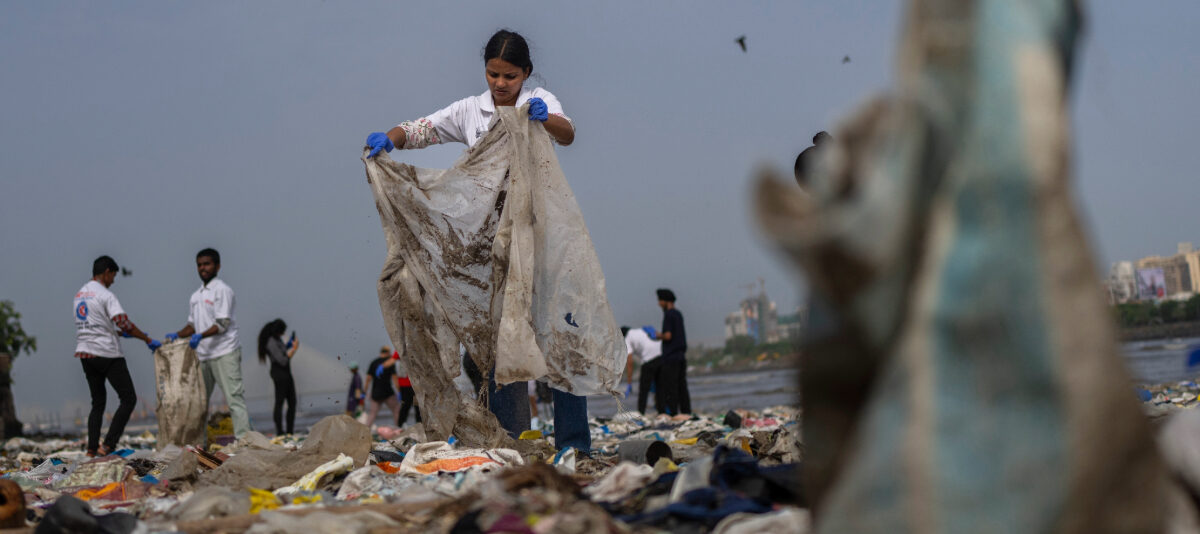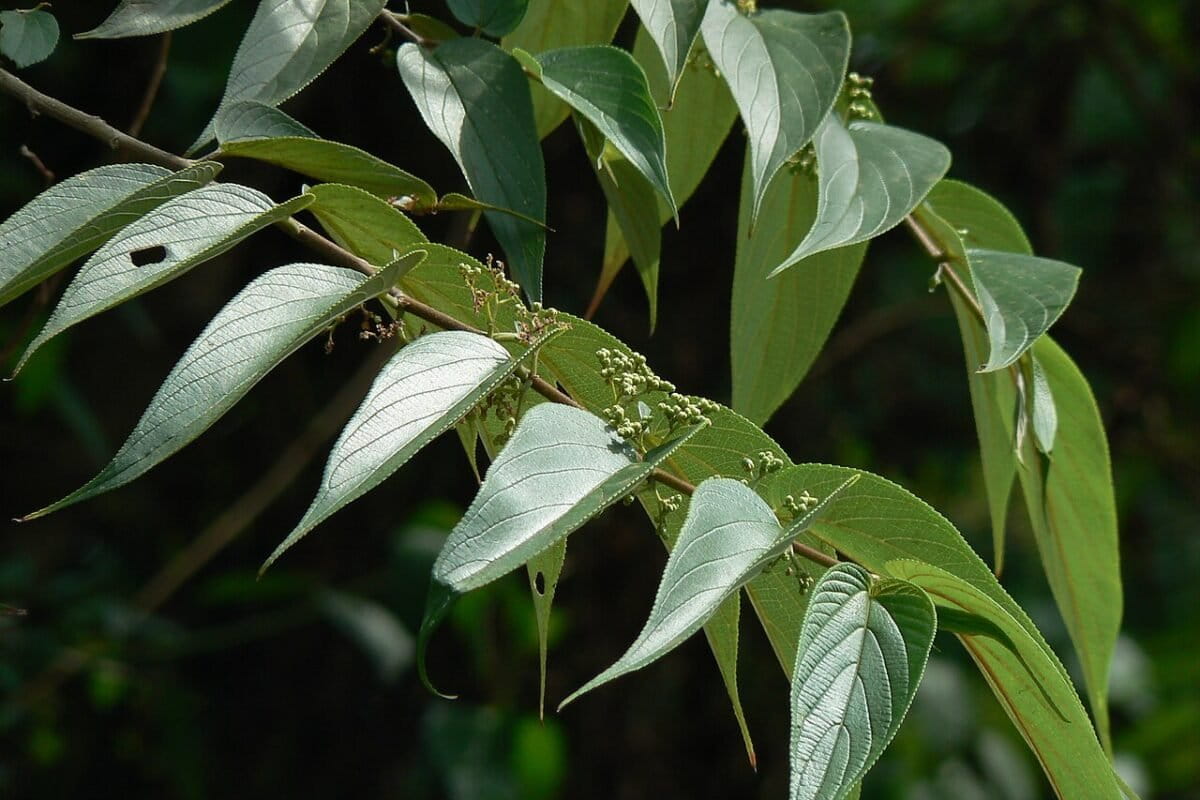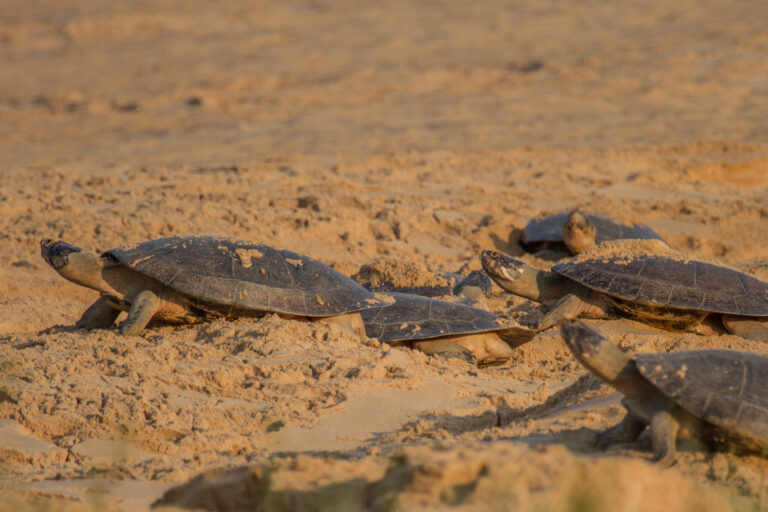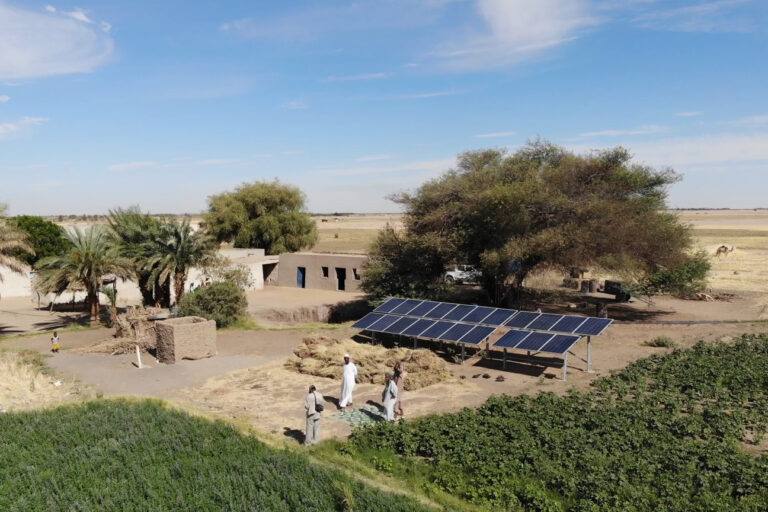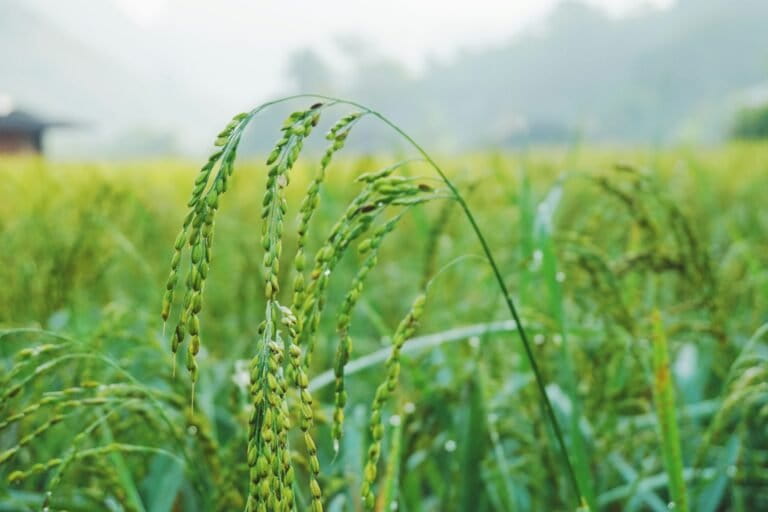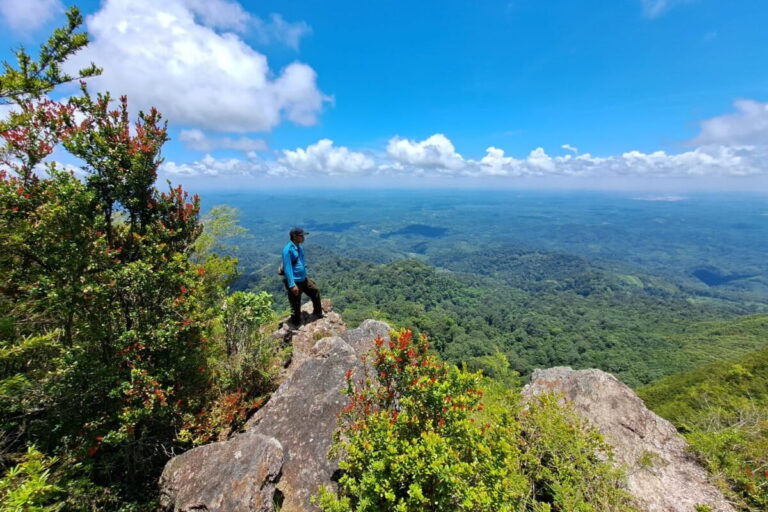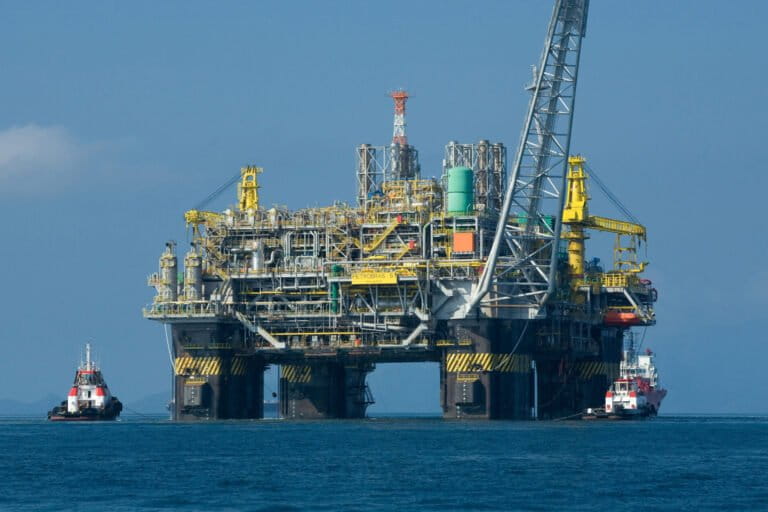El Salvador’s tropical storm damage worsened by deforestation
Rhett A. Butler, mongabay.com
October 4, 2005

Forest clearing on hillside in Central America
Heavy rains and mudslides from Tropical Storm Stan have killed at least 60 people in El Salvador while more than 210 people across Central America have died as a result of the storm. Widespread deforestation has worsened the impact of the storm by leaving barren hillsides vulnerable to mudslides and rivers susceptible to flooding.
According to figures from FAO, roughly 2% of the Central American country retains its natural forest cover, making El Salvador is the second most deforested nation in Latin America after Haiti. Almost 85% of its forest cover has disappeared since the 1960s and the country had one of the highest deforestation rates (4.6 percent annually) in the world during the 1990s.
As one of the Western Hemisphere’s poorest countries, rural residents of El Salvador depend largely on natural resource use for their survival. Thus much of El Salvador’s deforestation results from subsistence agriculture and timber cutting for fuel wood. Deforestation-induced erosion and soil degradation has left much of the country unsuitable for agriculture and has put many people at risk during the tropical storms that regularly batter the region.
Deforestation removes the protective cover of vegetation that anchors soils and slows water runoff. Deforestation in El Salvador threatens much of the country with unstable hillsides. Tony Saca, El Salvador’s president, estimates that “sixty-five per cent of the country is in danger of landslides.” With the hurricane season of 2005 only halfway over, there is serious concern that further storms — especially a hurricane — could have a devastating impact.
The last major hurricane to hit the region was Hurricane Mitch in 1998, the second deadliest hurricane on record. Mitch killed over 18,000 people in Central America, most of whom were killed in mudslides or swept away by floods. After the storm, aerial surveys revealed that the majority of landslides occurred on hillsides that had been cleared of vegetation for agriculture and human settlements. In forested areas, including several agroforestry plots where crops like coffee and cocoa were grown under the shade of canopy trees, few landslides occurred.
Some governments took notice and moved to protect watershed forests, but El Salvador has struggled to enforce forestry laws.
The timing of the latest mudslides is particularly difficult for El Salvador which is recovering from another natural disaster over the weekend. On Saturday, the country’s largest volcano, Ilamatepec, erupted for the first time in 100 years. 20,000 people were forced to evacuate the area.
How to help — Aid for El Salvador and Central America
- Oxfam America
- Care El Salvador | Care USA
- Unicef
- Red Cross programs in El Salvador
- Direct Relief International



